Airline consolidation, the move to bigger planes, and trimming of under-performing flights has resulted in less need for gate space in all but a few privileged focus cities and hubs across the United States. Kansas City International Airport (MCI) or as we locals call it, “KCI,” is the 39th-busiest airport in the country and has seen the effects of this first-hand. As airlines began to sunset (we’ll miss you, Braniff, TWA, and Vanguard) and consolidation spread across the industry, it became apparent that it was time to consolidate terminals.
On January 8, 2014, US Airways Flight 1948 departed Kansas City International’s Terminal A for Charlotte. This would be the last regularly scheduled operation out of the 42-year old structure. This was a bittersweet milestone for travelers of all sorts in our two-state metropolitan area, albeit for very different reasons. For those not in the know, our airport is comprised of three thin, horseshoe-shaped terminals. This was a revolutionary design for its day, but has proven a real challenge for airlines, passengers, and airport operations in recent history.
Consolidation aside, moving operations out of Terminal A allowed for clearing space for what many agree is a longer-term solution to ensure Kansas City remains competitive with its local peers: A single, modernized, consolidated terminal. More on that story and the perplexing controversy over this much-needed, PFC-funded infrastructure project some other time.
For nearly four years, this terminal has been out of reach of the public eye while the aviation industry has continued to work through its various consolidations. AirlineReporter was granted rare access to the terminal while awaiting the arrival of the TriStar Experience L-1011 late last month. Join us as we stroll down memory lane…
Kansas City International’s Terminal A holds a special place in my heart. It’s where I became a frequent flyer with my first airline love: Midwest. It’s here where I first flew on a commuter plane, where I accomplished my first nonrev, and it was the first of the three terminals that I flew out of. I was excited to have the opportunity for a reunion; it is something that I had lobbied airport operations for at least a year. In my excitement to have access, and out of boredom in waiting for the long-delayed L-1011 flight I offered to Periscope a walk-through of the terminal. I can’t say I am terribly popular on that quirky social media platform, yet in the month following my 31-minute live broadcast, the video has received over 1,600 views. Folks dig behind-the-scenes, and I can’t blame them.
- Save the United Airlines Tulip!
- An AirTran MD-95 (the original McDonnell Douglas designation for the B717)
- US Airways ticketing desks, still housing US card-stock.
For the most part, the terminal is as it was on the final day of operation for each of the airlines that occupied it prior to consolidation. It has only been a few years, yet walking through its empty corridors is a testament to how drastically the aviation industry has changed in such a short period of time. This terminal most recently housed operations for United, AirTran, and US Airways. Each of the airlines left behind bits of memorabilia and evidence of their prior residency.
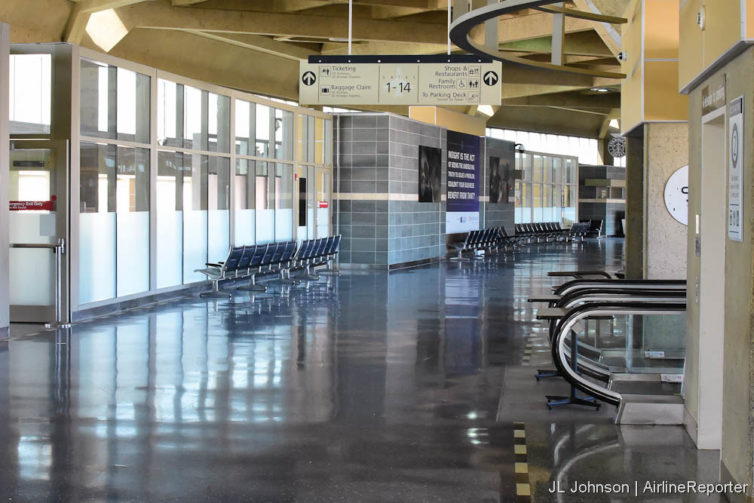
Terminal A is decidedly tranquil absent the hurried flyers that once occupied its cramped, narrow corridor
A short wall bisects the narrow terminals creating public and sterile areas. Shown here is the public side; the sterile “holding rooms” as they are referred to, are of roughly equivalent size. Terminal A is a near carbon-copy of its non-connected counterparts, Terminals B and C. Can you imagine packing a few Boeing 737-800 and 757s worth of passengers in this place, all at one time?
Those who watched my Periscope will note my amusement over the number of what I incorrectly assumed were abandoned bags which were scattered about the terminal. I was later informed by airport personnel that the bags and various distractions actually serve a purpose, one that wasn’t terribly obvious. Despite being out of public use, the terminal is still occasionally used for training purposes. What looked like abandonment in its purest form was at least partially due to the need to create realistic training scenarios for law enforcement dogs from various departments.
- View of Terminal A from aboard a Great Lakes Beech 1900D heading to Salina, KS in March, 2010
- The PSA-liveried US Airways A319 at Terminal A spotted during a ramp tour in 2013
- An unused ramp makes a great spot for parking unique visitors to KC. These two Antonov A-124s stopped by in 2014 on their way to the Middle East.
I have made some great memories around this terminal over the years. Despite this, I recognize it’s time to let go and embrace the future. In my time hob-knobbing with aviation historians and “old timers,” I have noticed a theme. Folks tend to cherish the past, augment the positive, and forget about the bad. This is an incredible blessing and a redeeming quality, but it is also one which few acknowledge distorts our perceptions. Psychologists have a term for this, the positivity effect. In order for Kansas City to move forward, we have to let go of Terminal A, which will need to be demolished in order to make way for our new terminal. However, the fate of a two-state multi-million resident metropolitan area is hanging on the blessing of a minority of airport users: those who occupy Kansas City, Missouri city limits. As a frequent flyer residing in the suburbs, I have no vote.
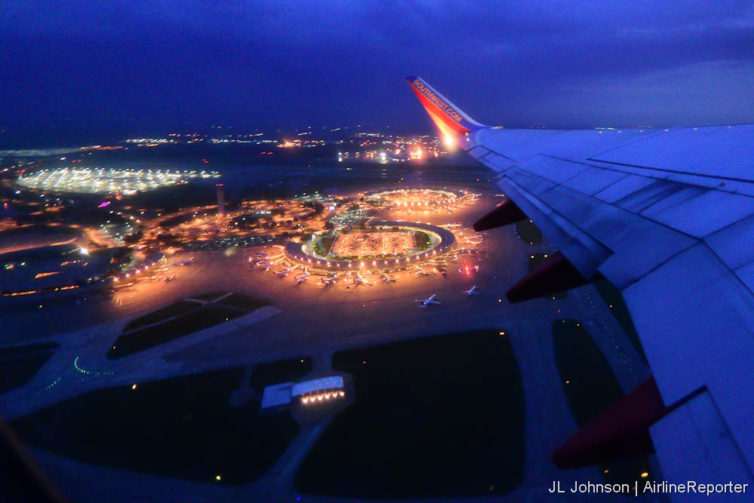
Kansas City International as seen from a departing flight in June of 2015. The partially-lit terminal A is to the far left.
Having the opportunity to visit Terminal A once more was great for obtaining closure. I’ll sincerely miss it, but it’s time to let go. I just hope we can convince the residents of Kansas City, MO to make the right choice as our great metropolitan community is dependent upon this economic engine. So long terminal A. I’ll miss you, but you need to go.
Bonus photos (click to enlarge):
- AirTran receipt tape. I really wanted this, but larceny is frowned upon.
- Save the tulip! A Saul Bass liveried express jet pushes back from terminal A in August, 2012.
- Note the Starbucks on the public side of the terminal. Concessions in general are limited. Remember, no liquids past security. Drink up!
- Tiny baggage claim. This is the standard across all terminals, and makes for a terrible passenger experience.
- What once was an AirTran desk within the sterile area.
- Garage parking is easily accessible from a tunnel but there is rarely enough room on peak travel days.
- Go on, tell me more…
- Does anyone actually miss US Airways?
- This photo gives great perspective to how narrow the terminals are.
- So long, A!
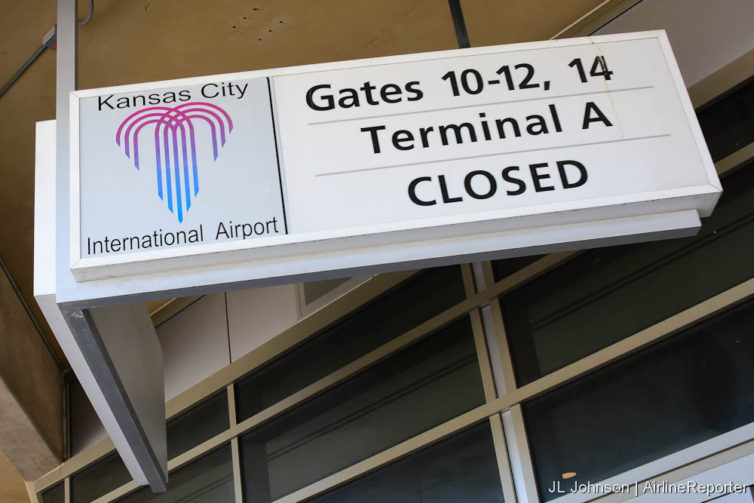
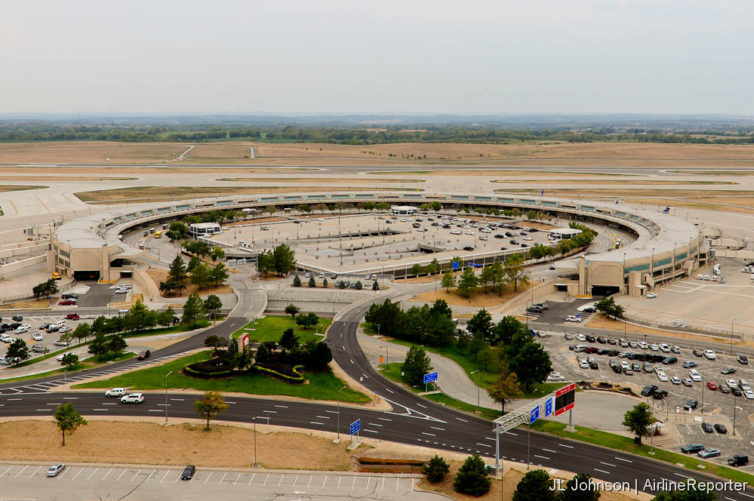
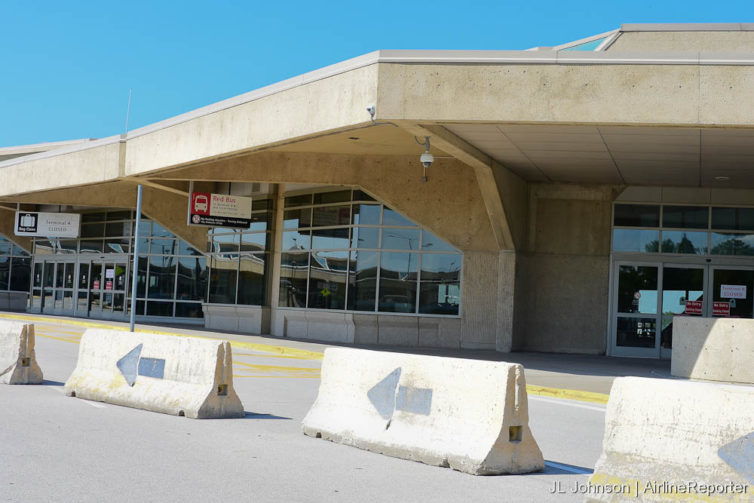
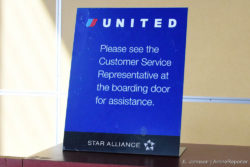
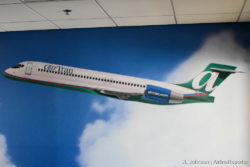
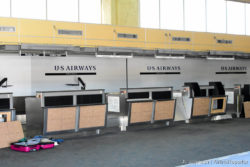
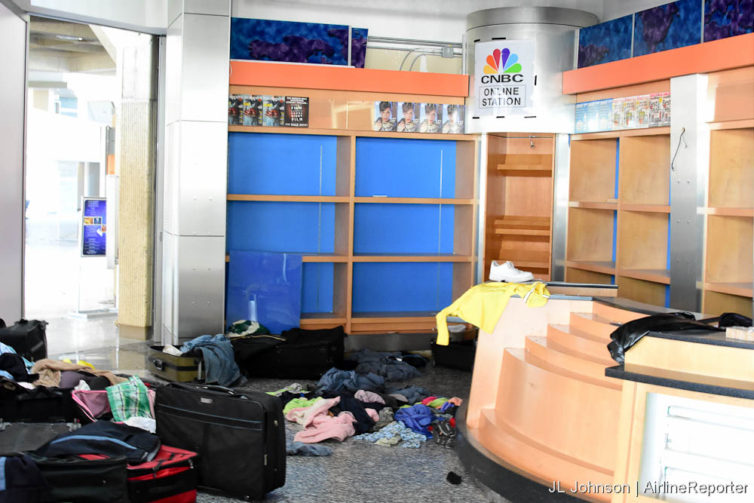
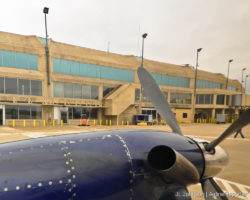
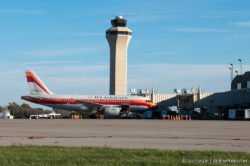
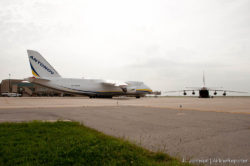
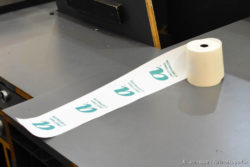
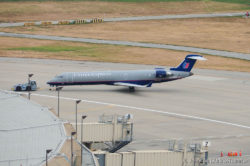
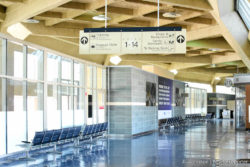
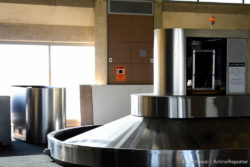
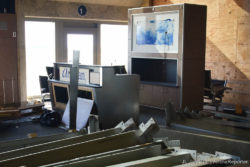
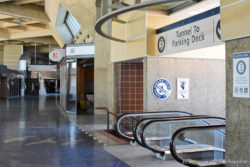
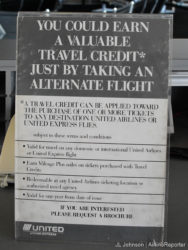
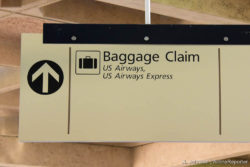
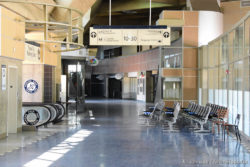
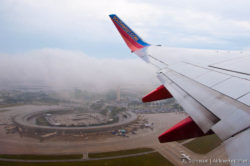
Now this is a great piece…from lede to last graf (sorry, couldn’t resist lapsing into reporter-speak)! Well done, JL!
Thanks for the comment, Mike. I’m glad you enjoyed the piece. It was a great opportunity for reflection as we look to (hopefully) move forward with a new terminal.
JL / AirlineReporter
As a transplanted, native Kansas Citian who has flown into and out of that airport (and Terminal A) all my life, it’s amazing to see how desolate the place has become. It’s also amazing to hear about that there is an actual debate on whether or not to modernize KCI…do the people opposed to it actually travel by airplane?!? I mean, I like history and all, but it’s like stepping back into 1975 in that place…
I wonder if things fall through with this current effort to modernize the airport, if the Kansas side doesn’t start to move toward expanding and modernizing one of the smaller airports in JOCO or something more radical, like replicating what Denver did.
It would be a shame if it came to that given the excellent well-maintained runways and other facilities that the alternate would need to build net-new. That said, there is something to be said about *regional control* over a regional airport. The people of Kansas City, MO are in the extreme minority, yet they maintain 100% control over the fate of our two-state economic engine. The airport is funded through various fees all related to use. If you don’t use the airport, you don’t pay a dime. Meanwhile, as a frequent flyer residing in the suburbs I pay dearly to support the airport yet have no say. This is an issue that I can’t let go. I sincerely hope folks make the right choice, or they very well could lose say altogether with an alternate facility. JL / AirlineReporter
Thanks for the trip back in time. My dad worked for TWA in both downtown locations and before KCAC was opened and prior to us leaving Kansas City in 1957. While returning to visit family in Kansas City in the late ’60’s, I met with a guy from the city’s Aviation Dept (John Carroll, I think), and he provided me information on the “gate arrival” concept which was the grand plan for the move from close-in Municipal Airport down on the river. The concept was meant to enable the local passengers to have the closest parking of any airport in the U.S. I did a term paper for a college class, comparing it to the “new” DFW airport (MCI opened in 1972; DFW in 1974). Unfortunately, the “hub-and spoke” concept was just beginning, and the new airport was never meant to be a connecting airport ((Eastern tried for a time (unsuccessfully), and even TWA selected STL as one of its hubs). Then, with increasing terminal security procedures in the ’70’s ultimately resulting in the sterile concourse concept, the narrow gate areas had a terrible time handling the increases in air travel. Hopefully, the next “new” terminals will serve the local public as well as the original ’70’s version.
Don’t save the United tulip. That airline ceased to exist after the merger.
Enjoyed your personal reflection and commentary on MCI.I agree with you love of the airline airport sectors prior. Being a kid of the 70s and 80s, it truly was a great time to be a avgeek. All the brands, trademarks and product differentiations with 727, 737, DC9, BAC 111, and YS-11 prop jet services to communities like Louisville, Kentucky. Still remember the old lee terminal before what is now the present airport terminal at Louisville. Still have my fondest for Piedmont Airlines,etc… Little did I realise, so much undisciplined seating capacities and market shares in markets with fare wars made for unstable careers. Routine bankruptcies and shut downs became very frequent post airline deregulation. Seeing at that time historic airlines such as Pan Am, Eastern, Braniff rendered to the history books was amazing to see and behold. With consolidation and rationalizations, disciplined market share capacities made for a better sector with abilities to invest in infrastructure upgrades and technically advanced airliners and product differentiations. Looking at the big picture, it is always good to have a fondness of the old, but the industry has to move forward and improve. In my lifetime, seeing the resilient industry as it evolve is nothing short but amazing. Working a tenure with a major airport, it was amazing to see day to day operations work cohesively and great learning experience. Cherish and keep all your fond memories of aviation in Kansas City and MCI as I have of Louisville. Your state and local officials will listen to voters and upgrade for present infrastructure trends and for the future that will benefit your communities economic growth and sustainability.
I live in Denver and commute to KC every now and then.. What I have always loved about MCI is you can go from curb to gate in 5 minutes… Curb to gate in Denver is a minimum of 20 minutes.. I hope the new MCI terminal will keep closer to the 5..
Ive enjoyed your stories of TWA and Kansas-city Aviation. As a Prior TWA and Vangaurd employee, during the closing years. I worked the overhaul base and the gates at MCI as a mechanic. I am one of the employee contributors to the Employee owned MD83… I have never let go of a Proud family of TWA employees. I have since worked in Phoenix for America West and I now the training coordinator for another Howard Hughes company MD Helicopters. I cherish the time in Kansas city ..it always feels Like Home!